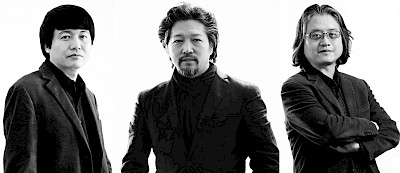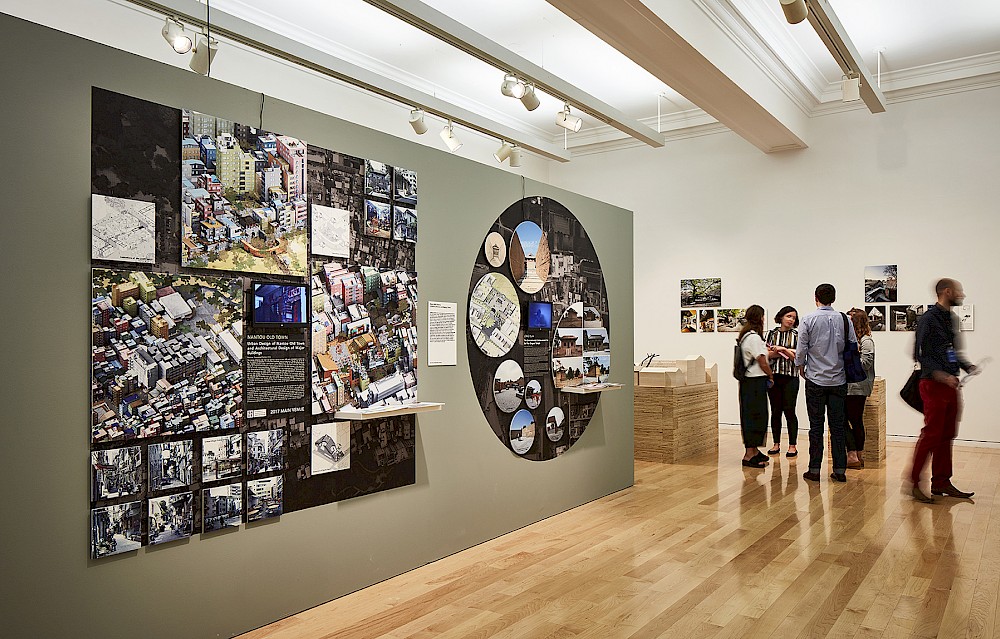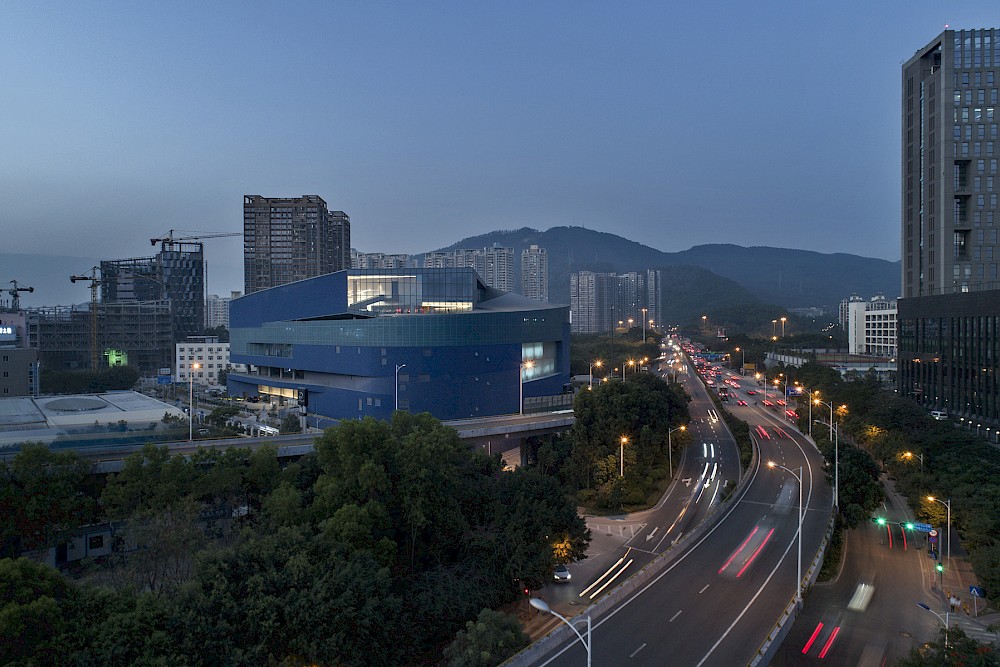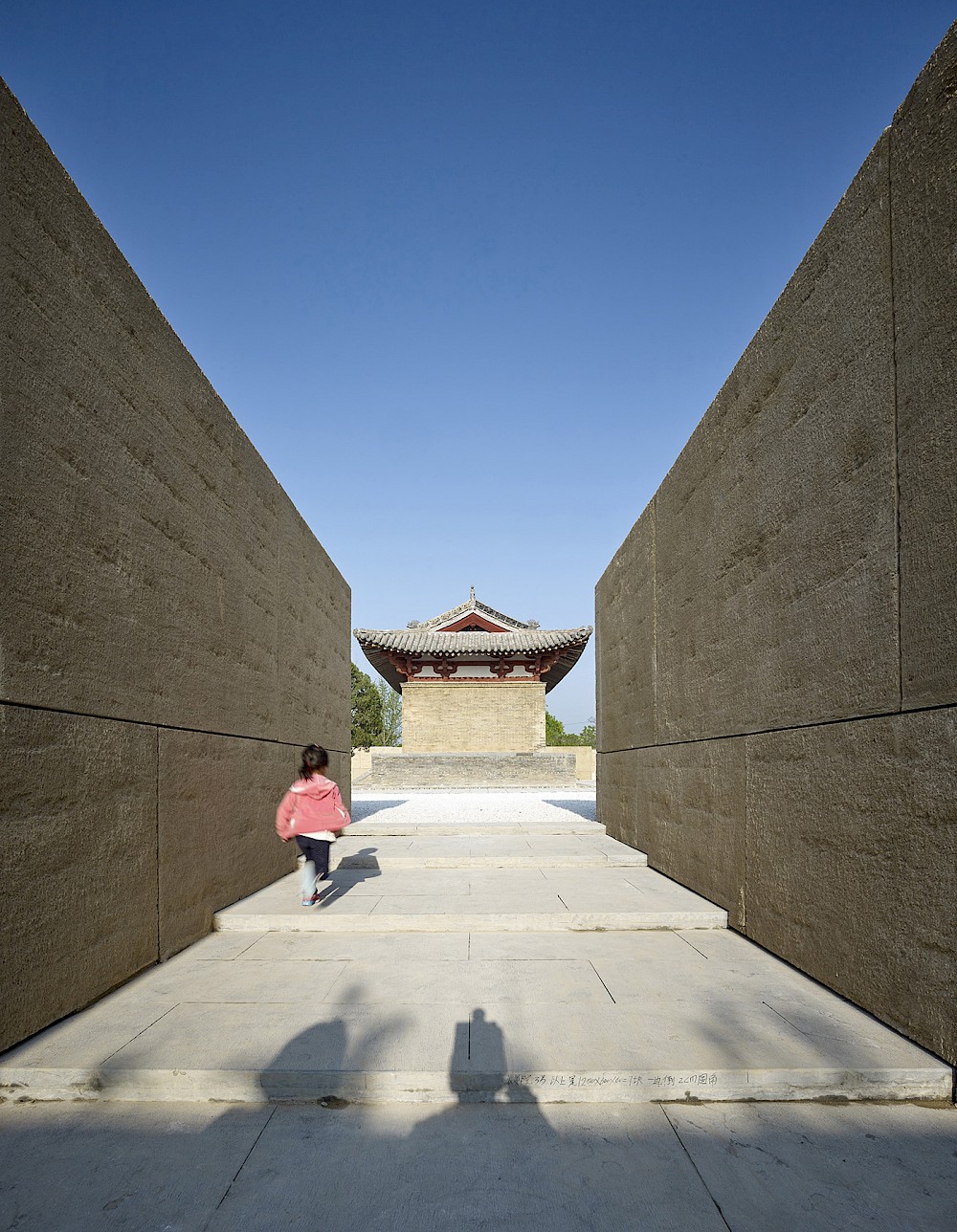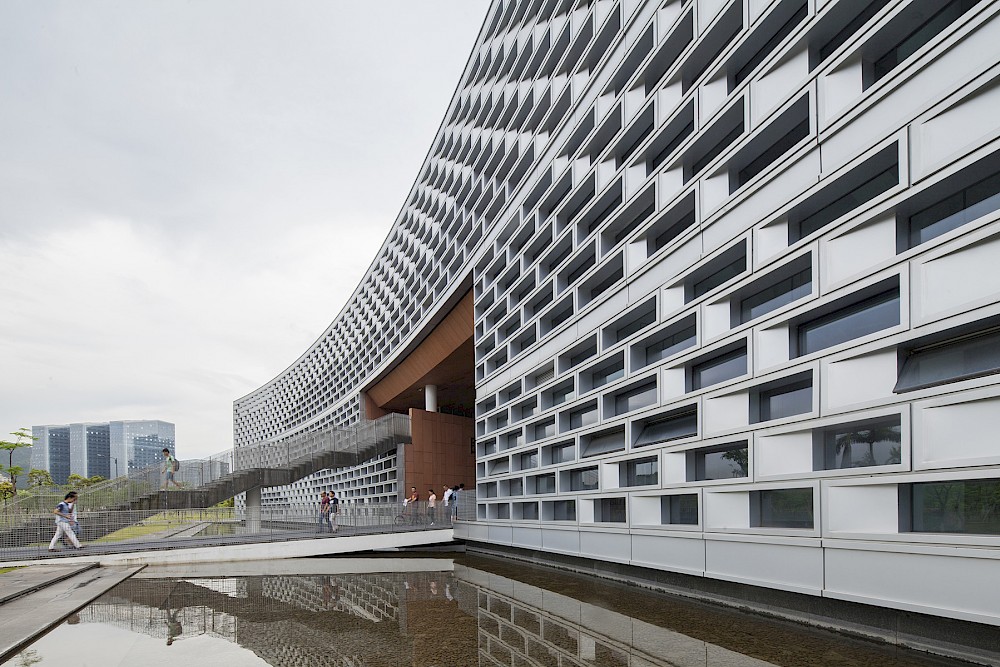BIENNIAL PROJECT
Being With History
Urbanus presents two recent projects: the environmental design for the Five Dragons Temple—the oldest Taoist temple in China, located in Ruicheng county, Shanxi province, which was abandoned for more than 1000 years then restored as a spiritual center and museum of ancient Chinese architecture—and the Nantou Old Town rehabilitation project to revitalize a 1730 year old town in Shenzhen: exacerbated urbanization has made this town a city within an urban village. Illustrating the development of these two projects, Urbanus addresses the complexity of balancing preservation and development in the course of a dynamic urban transition. The solutions for the two projects are not limited to architectural measures, but also involve social forces. The Five Dragons Temple was the first national monument preservation project in China to be financed in partnership with private sectors through the help of the 2015 Milan Expo and crowdfunding. This initiative has sparked much public passion and debate on the preservation of national heritage sites. The Nantou Old Town project utilized the 2017 Bi-City Biennale of Urbanism/Architecture in Shenzhen and Hong Kong, co-curated by partners of Urbanus, to garner attention for the town.
BIO
Founded in 1999, under the leadership of partners Xiaodu Liu, Yan Meng and Hui Wang, Urbanus is recognized as one of the most influential architectural practices in China. Urbanus has its offices in Beijing and Shenzhen, two most complicated contemporary metropolitan laboratories in China. Many Urbanus works have become new focal points of urban life. Having been exhibited and published worldwide, Urbanus projects have received numerous prominent design awards. The partners are regularly invited to lecture at renowned universities, academic institutions, and to be jurors for international competitions. Urbanus research department (UPRD) focuses on the contemporary urban China to conduct a series of research projects including creative city development, post-urban village development, typologies for hyperdensity and historical renewal, the works of Urbanus have drawn international attention due to its sensitivity to urban historical and social structure, integration of potential resources of space and society, and effectiveness in responding to the complicated urban situations.



